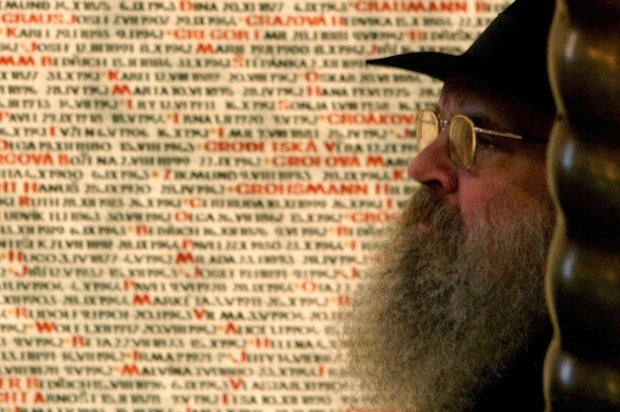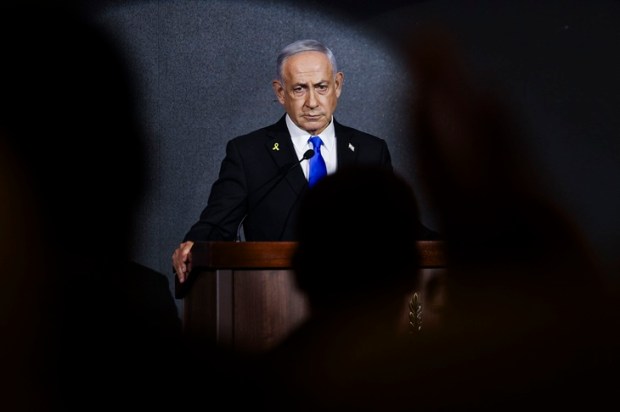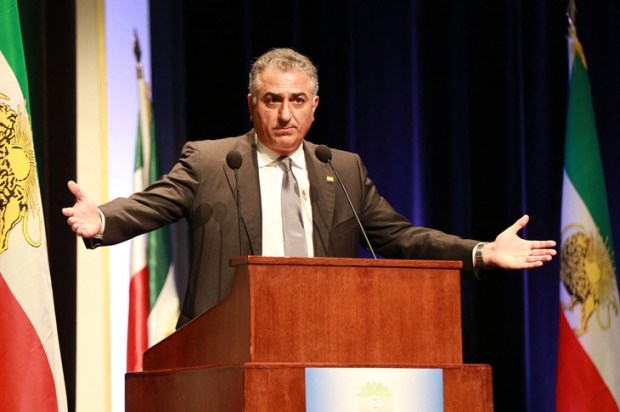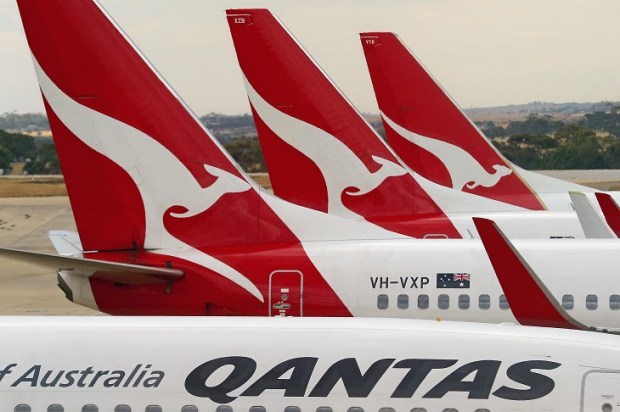The quickest way to get to Lviv is to fly to Warsaw and then pick up a car and driver for the 6-hour trip. However, my journey from Melbourne was delayed for 24 hours in Singapore due to a mechanical failure in an A380. There were further flight delays at London Heathrow, meaning a midnight arrival in Warsaw. The aim of my trip was to personally deliver some specialist surgical supplies to Dr S, a senior Ukrainian neurosurgeon I had come to know through email correspondence. I had retired and done my last surgical procedure on February 24, 2022. I had an immediate sense that this violent act of Russian aggression was an epochal event and that I wanted to help in whatever way that I could. I contacted a Ukrainian charity in Melbourne and asked if my collection of surgical instruments might be of use. The answer was yes, and the instruments went to Ukraine. Since then, I have sent several more boxes of instruments and supplies. This has been done with the gracious help of the Aid Committee of the Australian Federation of Ukrainian Organisations and Melbourne Rotary.
My driver,V, was a university lecturer from Lviv. He had less academic work to do since the war started. He told me that he regularly drives journalists, from a major American newspaper, from Warsaw to locations in Ukraine. I met one of the security team for the journalists, he was chatting to V as I came out of the hotel. ‘Steve’ was ex-British Army, and he asked me if I was going to Ukraine, and he told me that my driver was very good. With a 6:00am departure we were soon on the Droga expresowa S17 heading southeast. V told me that the highway had been built with money that came when Poland joined the European Union. It is an excellent road, smooth and well-maintained. We passed well-kept farms and forests lush with pine, spruce, beech, oak, and silver birch. The occasional European moose could be seen walking slowly across open country. I felt slight trepidation. My family were not totally on board with my plan. Indeed, some people questioned my decision and had said that it was a waste of money that could have been spent on buying more supplies. I felt, and still feel, that there is merit in showing up and establishing person-to-person contact, that cannot be quantified in monetary terms.
It was a beautiful sunny late spring morning. We passed large transport trucks carrying dark grey naval patrol boats towards Ukraine. Traffic was light. A quick stop for a coffee and we continued past the Polish town of Lublin. Majdanek, the Nazi concentration camp, was built there as part of Operation Reinhard, the plan to murder all Polish Jews. Further on the highway goes through the town of Belzec, the site of another concentration camp where between 400,000 and 500,000 Jews were murdered.
As we approached the Polish-Ukrainian border a large white crane swooped low over the road in front of us. The crane’s annual spring arrival to Ukraine is a cause for celebration. The crane is seen as a symbol of general happiness and joy. We crossed at the border between the Polish town of Hrebenne and the Ukrainian town of Rava-Rus’ka. This crossing is only for road, cargo, and passengers. Long lines of lorries wait their turn. The border is heavily policed as it is a major smuggling route. The procedures are thorough, including radiation testing. The guards open boxes, photograph the contents, and tap every tyre to check for hidden items. The day before we crossed the wait at the border was 15 hours, but we were lucky, and it only took about 40 minutes. On the Ukrainian side, at Rava Rus’ka, there was a Ukrainian Army checkpoint for those leaving Ukraine. They were checking that the men of military age had registered with the recruiting authorities in accordance with the recent law. This law gave draft-eligible men 60 days to update their personal information. Approximately 1,500,000 men are registered. Since February 2022, men aged 18 to 60 have been forbidden to leave the country. In Kulykiv, 15 kilometers north of Lviv, we passed a large, white-walled church with silver and gold cupolas. There were roadside shrines at regular intervals along the highway from the border. As we passed the small towns there was evidence of the war, even in this most westerly part of Ukraine. The cemeteries of these towns had a section where the soldiers were buried, marked by the blue and yellow Ukrainian national flags and the red and black flag of the Ukrainian insurgents who fought the Russians in the Second World War. This red and black flag has again become a prominent symbol of resistance.
Six hours after leaving Warsaw we drove up Svobody Prospekt in the centre of Lviv. Then known as Lemberg, Lviv was the capital of Galicia under the Austro-Hungarian Empire. Since 1998 the 300-acre historic centre of Lviv has been a UNESCO World Heritage site, it has been listed as ‘Endangered’ since 2023. With its elegant streets, and its European classical and baroque architecture, it fully justifies its UNESCO status. I contacted Dr S and was able to meet him and hand over the specialist surgical instruments and supplies that he had requested. The military hospital is a highly secure site with armed soldiers protecting it. After our email correspondence it was good to sit with him at a nearby coffee shop and talk about his work and his family. Dr S is a polite, calm, and considered man who seemed able to contemplate that his work treating casualties would go on for many years. His son will complete medical school soon and will also be involved. I mumbled an apology for the West not doing more when Russia invaded in 2014. He replied somewhat wearily, but not unkindly, ‘No it was before that…’ And he listed the multiple episodes of Russian aggression in the Caucasus and the Middle East that the West failed to respond to. We then returned to what he and his colleagues needed in terms of supplies.
Even if the war stopped tomorrow the surgical work will go on for years. He was able to give me an idea of how casualties, after stabilisation, are evacuated from the front lines in the east and south. It is a 2 – 3 day journey via well-equipped hospital trains. Only very limited local rotary wing aeromedical evacuation is possible. When the casualties arrive at Kyiv or Lviv they can then undergo reconstructive surgical procedures and rehabilitation. Dr S showed me some images of the type of wounds that he and his colleagues were treating. They were confronting and of a different nature to the patterns of wounding seen in the conflicts in Iraq and Afghanistan. We discussed some specific items that will be needed for treatment of these casualties. After coffee Dr S took me to see the Saints Peter and Paul Garrison Church, built 1610–30. It is where military funerals and other services connected to the Armed Forces of Ukraine are held. Military flags have a prominent place to the front of the church. Along the left-hand side gallery of the church is a row of boards with hundreds of facial photographs of fallen soldiers. At the beginning of the gallery, they are from the war in 2014. There are many more from 2022 onwards. People stand silently and look at these memorials – the images show young men who look barely old enough to shave, more mature men and older men with grey beards. Some are smiling, some are serious and determined, some are striking a defiant pose – whoever they are they have all given their all for Ukraine. Dr S pointed to one particular image. It was of a pale-faced young woman with long, wavy auburn hair, hazel eyes and a softly curving smile. Natalia was a combat medic, who died aged 31, on the 500th day of the current war. At the end of this gallery of heroes was the chapel of the Mother of God the Joyful. A woman had been standing there quietly when we came into the church, and she was still there when we left. After a service in the Garrison Church the funeral procession passes in front of the Town Hall on Rynok Square. As the procession pauses there the Lviv City Trumpeter plays a 46 second piece of music called ‘The Silence’. Earlier on the day an information board and photograph of the soldier placed in front of the Town Hall – on that day it was Ivan Kolodychik who died fighting with the King Danylo 24th Separate Mechanized Brigade. On the board his comrades in arms described him as, ‘…a leader, fearless and always first, executing the most difficult tasks, inspiring others to follow him and always caring for his subordinates.’ Ivan was 22 years old. Nearby was a sign with a quotation from Volodymyr Vynnychenko, the artist, writer and statesman who served as the first Prime Minister of the Ukrainian Peoples Republic in 1918: ‘True heroes do not know fear, they know only the strength of their calling.’
I said an emotional goodbye to Dr S, who had to go back to work, and he embraced me.
I went for a walk to collect my thoughts. I bought some Motanka dolls, made of colourful cloth, from some older women raising money for wounded soldiers. The dolls are traditional symbols of prosperity, goodness and hope. The people I spoke with in the hotel and shops were politely interested in an Australian visitor but there was an underlying seriousness and sense of purpose. Rynok Square, on a sunny Saturday afternoon, as the yellow trams rattle past, could be in any similar city in Europe, apart from the soldiers on leave with wives and girlfriends or the soldier standing apart from the crowd staring intently into his phone, or the groups of soldiers standing and talking. Old men were playing chess under leafy green trees and teenagers were sitting at the base of a large statue of Taras Shevchenko, the poet considered one of the founders of modern Ukrainian literature. The children are laughing and talking, the late afternoon sun turning their hair into golden coronas. I imagine Shevchenko saying, ‘These children are Ukraine’s future, please look after them so that they can look after Ukraine.’ Back at my hotel, there is a sign that has arrows pointing to the wellness and beauty centre, spa and … the shelter. There is a midnight to 5:00am curfew in Ukraine – not a novelty for a Victorian. I left at 6:00am the next morning for the drive back to Warsaw. The procedures at the border crossing were again very thorough.
Dr S sent me an email the next day. It read, in part, ‘Thank you for taking the time to visit L’viv. Give our gratitude especially to your family for planning and allowing this trip. We are grateful to God that people who live so far away from us hear our trouble and respond and help. Good deeds are always rewarded by God. I’m sure people by their nature should be kind and sympathetic, not like Russians.’
My very limited experience in L’viv left me in no doubt that the will of the Ukrainian people is strong and that they will prevail against the aggressor. It is also clear that they urgently need as much help now as we can give them and that this need will continue into the foreseeable future. The failure of the Australian Government to have a diplomatic presence in Kyiv, in the third year of the war, is shameful.
Rowan D Story AM, RFD is a retired Melbourne Oral and Maxillofacial Surgeon.

























